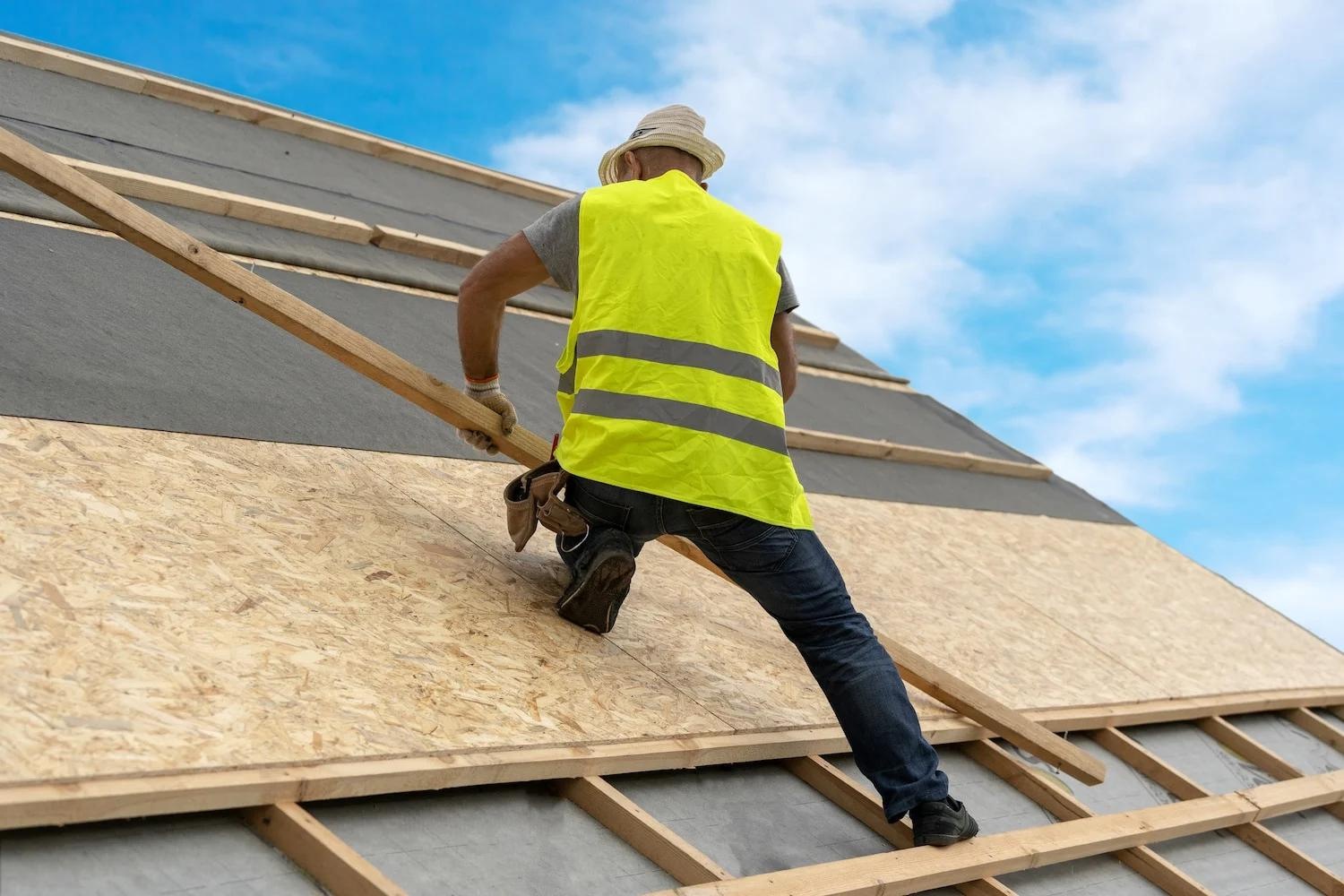

Articles
What Is Roof Decking
Modified: January 24, 2024
Learn everything you need to know about roof decking with our informative articles. Discover the best materials, installation methods, and maintenance tips.
(Many of the links in this article redirect to a specific reviewed product. Your purchase of these products through affiliate links helps to generate commission for Storables.com, at no extra cost. Learn more)
Introduction
Roof decking plays a crucial role in the construction of a building’s roof. It serves as the foundation for the roof covering and provides structural support, stability, and a smooth surface for the installation of the roof materials. Understanding the importance of roof decking and the different types available can help homeowners and contractors make informed decisions when it comes to roof construction and maintenance.
In this article, we will delve into the definition of roof decking, explore the various types of decking materials, discuss the advantages of proper decking installation, and highlight the factors to consider when choosing the right roof decking for your project.
Roof decking, also known as roof sheathing or roof substrate, refers to the layer of materials that is installed on top of the roof trusses or rafters. It covers the structural framework of the roof and provides a solid base for the roof covering, such as shingles, tiles, or metal panels.
The choice of roof decking material can vary depending on factors such as the climate, building codes, budget, and design preferences. The commonly used materials for roof decking include plywood, oriented strand board (OSB), concrete, and metal.
Proper installation of roof decking is essential to ensure the overall integrity and longevity of the roof. It not only provides a stable platform for the roof covering but also helps prevent issues such as sagging, buckling, and moisture damage. Additionally, a well-installed roof decking can enhance energy efficiency, improve insulation, and contribute to the overall structural strength of the building.
When selecting a roof decking material, it is important to consider factors such as durability, resistance to weather elements, weight capacity, fire rating, and cost. Each type of decking material has its own unique properties and advantages, making it crucial to choose the right material that suits the specific needs and requirements of the project.
In the following sections, we will explore the different types of roof decking in detail, discuss their advantages, and provide insights into the importance of proper installation and factors to consider when making a selection.
Key Takeaways:
- Proper installation and selection of roof decking material are crucial for a durable and reliable roof system. Consider factors such as climate, building codes, budget, and maintenance needs to make informed decisions.
- Roof decking provides structural support, weather protection, and energy efficiency. Plywood, OSB, concrete, and metal offer unique advantages, so consult with professionals to choose the best material for your project.
Read more: What Is Used For Roof Decking
Definition of Roof Decking
Roof decking, also known as roof sheathing or roof substrate, refers to the layer of materials that forms the foundation of a roof’s structure. It is installed on top of the roof trusses or rafters and provides a solid, flat surface for the installation of the roof covering materials.
The primary function of roof decking is to distribute the weight of the roof covering and any additional loads, such as snow, wind, or equipment, evenly across the roofing structure. It plays a critical role in maintaining the structural integrity and stability of the roof system.
Roof decking is typically made from various materials, including plywood, oriented strand board (OSB), concrete, or metal. The choice of material depends on several factors, such as the climate, building codes, budget, and design preferences.
The decking material is usually attached to the roof framing, such as trusses or rafters, and acts as a base for the installation of the roof covering. It provides a smooth surface that helps create a uniform appearance and ensures that the roofing materials adhere properly.
Furthermore, roof decking contributes to the overall energy efficiency and insulation of the building. It helps to prevent heat transfer and maintain a comfortable indoor temperature by reducing thermal bridging.
Overall, roof decking serves as a crucial component in the construction of roofs, offering support, stability, and a solid substrate for the roof covering. Its proper installation and selection of the right material are essential for ensuring a durable and reliable roof system.
Types of Roof Decking
There are several types of roof decking materials available, each with its own unique characteristics and suitability for different applications. The choice of roof decking material depends on factors such as the climate, building codes, budget, and design preferences. Here are some of the most common types of roof decking:
Plywood Roof Decking
Plywood is one of the most popular and widely used roof decking materials. It is made from thin layers of wood veneer that are glued together with the grain of each layer running perpendicular to the adjacent layers. Plywood offers excellent strength and durability, making it suitable for various roof types and climates. It is available in different thicknesses, and the appropriate thickness should be chosen based on the span between rafters or trusses.
Oriented Strand Board (OSB) Roof Decking
OSB is another commonly used roof decking material that is made from compressed wood strands. The strands are mixed with resin and formed into panels under high pressure and heat. OSB has gained popularity due to its lower cost compared to plywood. However, it is important to note that OSB may not perform as well in wet or humid climates as plywood, as it is more susceptible to moisture damage.
Read more: How To Lay Roof Decking
Concrete Roof Decking
Concrete roof decking is typically used in flat or low-slope roof applications. It consists of a layer of reinforced concrete that is poured and cured on top of the roof structure. Concrete roof decking provides excellent fire resistance, durability, and can withstand heavy loads. It is commonly used in commercial and industrial buildings.
Metal Roof Decking
Metal roof decking is made from various metals, including steel or aluminum. It is available in different profiles and thicknesses to suit different roof designs and load requirements. Metal decking is lightweight, durable, and resistant to fire, rot, and insects. It is commonly used in both residential and commercial roofing applications.
Each type of roof decking material has its own advantages and considerations. It is important to consult with a professional roofing contractor or engineer to determine the most suitable decking material for your specific project.
Plywood Roof Decking
Plywood is a commonly used roof decking material that offers strength, durability, and versatility. It is made from thin layers of wood veneer called plies, which are glued together with the grain of each layer running perpendicular to the adjacent layers. This cross-grain construction creates a strong and stable sheet of plywood.
One of the major advantages of plywood roof decking is its excellent strength-to-weight ratio. Plywood is lightweight yet strong, making it suitable for various roof types and load requirements. It provides solid support for the roof covering and distributes the weight evenly across the roof structure.
Plywood roof decking is available in different grades, such as A, B, C, and D, with A being the highest quality and D being the lowest. The grade determines the appearance and structural properties of the plywood. For most applications, a C-grade plywood is commonly used, as it strikes a balance between cost and performance.
When selecting plywood roof decking, it is important to consider the thickness of the panels. The appropriate thickness should be chosen based on the span between rafters or trusses. Thicker plywood panels are often used for longer spans to ensure structural integrity.
Plywood roof decking is also known for its dimensional stability. It resists warping, twisting, and splitting, which helps to maintain the long-term performance of the roof system. Additionally, plywood has good nail-holding capabilities, allowing for secure attachment of the roof covering materials.
One of the key considerations when using plywood roof decking is its vulnerability to moisture. If exposed to water for prolonged periods, plywood can swell, warp, or rot. To mitigate this, proper installation techniques and moisture barriers, such as roofing felt or synthetic underlayment, should be used to protect the plywood from moisture intrusion.
Overall, plywood roof decking is a reliable and cost-effective choice for residential and commercial roofs. It provides strength, stability, and a smooth surface for the installation of the roof covering materials. Proper installation and regular maintenance are essential to ensure the longevity and performance of the plywood roof decking.
Oriented Strand Board (OSB) Roof Decking
Oriented Strand Board (OSB) is a popular roof decking material that is widely used in residential and commercial construction. It is made by compressing wood strands with resin and wax to form panels that are strong, durable, and cost-effective.
OSB roof decking is known for its structural strength and dimensional stability. The wood strands used in OSB are oriented in specific directions during the manufacturing process, which increases the overall strength and load-bearing capacity of the panels. This makes OSB an ideal choice for roofs with heavier load requirements.
One of the major advantages of OSB roof decking is its affordability. It is typically less expensive than plywood, making it a cost-effective option for budget-conscious projects. However, it is important to note that the price may vary based on factors such as panel thickness and manufacturer.
OSB panels come in different thicknesses, ranging from 7/16 inch to 1-1/8 inch. The appropriate thickness should be chosen based on the span between rafters or trusses and the load requirements of the roof. Thicker panels are typically used for larger spans or heavier roofing materials.
When installing OSB roof decking, it is important to follow the manufacturer’s guidelines and recommendations. Proper fastening techniques and spacing between panels should be followed to ensure structural integrity and prevent issues such as buckling or sagging.
One consideration with OSB roof decking is its sensitivity to moisture. Unlike plywood, OSB is more susceptible to swelling and degradation when exposed to water. It is crucial to protect OSB panels from moisture during installation and use proper moisture barriers, such as roofing felt or synthetic underlayment, to prevent water infiltration.
While OSB provides good overall strength and performance, it may have limitations in wet or humid climates where moisture resistance is a primary concern. In such cases, alternative decking materials like plywood or moisture-resistant OSB may be more suitable.
Overall, OSB roof decking is a cost-effective and durable option for many roofing applications. It offers strength, dimensional stability, and ease of installation. However, it is important to assess the specific requirements of your project and consult with a roofing professional to determine the most suitable decking material for your needs.
Read more: How To Add A Roof To A Deck
Concrete Roof Decking
Concrete roof decking is a type of roof decking material commonly used in flat or low-slope roofing applications. It consists of a layer of reinforced concrete that is poured and cured on top of the roof structure, providing a solid and durable substrate for the roof covering.
One of the key advantages of concrete roof decking is its exceptional strength and load-bearing capacity. Concrete is a highly durable material that can withstand heavy loads, making it suitable for commercial and industrial buildings where the roof may need to support equipment or other heavy loads.
Concrete roof decking offers excellent fire resistance. It does not burn or contribute to the spread of flames, providing a higher level of fire protection compared to other decking materials. This feature makes it particularly desirable in areas where fire codes and regulations are stringent.
Another benefit of concrete decking is its long lifespan. When properly installed and maintained, concrete roofs can last for several decades. The material is resistant to rot, decay, and insect damage, contributing to its durability and longevity.
Concrete roof decking enhances energy efficiency by providing thermal mass to the building. It helps regulate indoor temperature by absorbing heat during the day and releasing it slowly at night, reducing the need for excessive cooling or heating. This can result in energy savings and improved comfort inside the building.
One consideration with concrete roof decking is its weight. Concrete is significantly heavier than other decking materials, which requires proper structural support to handle the additional load. It is essential to ensure that the roof structure is designed and constructed to accommodate the weight of the concrete decking and any anticipated loads.
Proper installation of concrete roof decking is crucial to ensure its effectiveness and longevity. It requires skilled contractors who have experience working with concrete and understanding of the specific requirements for roof applications. Reinforcement, such as steel bars or mesh, is typically added to increase the strength and integrity of the concrete deck.
Overall, concrete roof decking is a durable and fire-resistant option for flat or low-slope roofs. Its strength, longevity, and energy-efficient properties make it suitable for a range of commercial and industrial buildings. However, the weight and specialized installation requirements should be carefully considered before choosing concrete decking for your roofing project.
Metal Roof Decking
Metal roof decking is a popular choice for both residential and commercial roofing applications. It is made from various metals, including steel or aluminum, and is available in different profiles and thicknesses to suit different roof designs and load requirements.
One of the key advantages of metal roof decking is its durability and longevity. Metal is resistant to rot, decay, and insect damage, making it highly reliable in protecting the underlying roof structure. It can withstand severe weather conditions, including high winds, heavy rain, and snow loads. Metal decking is also fire-resistant, which adds an extra layer of safety to the building.
Metal decking offers excellent strength and structural stability. It can support the weight of the roof covering materials and any additional loads, such as HVAC systems or equipment, without sagging or compromising the integrity of the roof. Metal roof decks also have high load-carrying capacities, making them suitable for large span applications.
Another benefit of metal roof decking is its lightweight nature. Compared to other decking materials, such as concrete or wood, metal is significantly lighter. This can result in reduced structural requirements and installation costs. Additionally, the lightweight nature of metal deck allows for easier handling and transportation.
Metal roof decking is available in various profiles, including corrugated, standing seam, and metal panels with ribbed or smooth surfaces. Each profile offers different aesthetic options and functional characteristics. For example, standing seam profiles provide a sleek and modern appearance while corrugated profiles offer increased rigidity and water shedding capabilities.
The installation of metal roof decking is relatively straightforward, especially with the advancement of interlocking systems and concealed fasteners. This allows for efficient installation and reduces the risk of water infiltration. However, proper installation techniques and attention to detail are crucial to ensure the watertightness and longevity of the metal roof system.
One consideration with metal roof decking is its potential for noise transfer during rain or hailstorms. To minimize this, insulation and proper roof underlayment can be used to dampen the noise and improve the acoustic properties of the roof system.
Overall, metal roof decking offers durability, strength, and a wide range of design options for both residential and commercial applications. Its longevity, fire resistance, and ability to withstand severe weather conditions make it a popular choice among homeowners and building owners alike. With proper installation and maintenance, a metal roof deck can provide reliable protection for decades to come.
Advantages of Roof Decking
Roof decking plays a crucial role in the construction of a building’s roof. It offers several advantages that contribute to the overall performance, durability, and efficiency of the roof system. Here are some of the key advantages of roof decking:
Structural Support:
Roof decking provides a solid foundation for the installation of the roof covering materials. It distributes the weight of the roof evenly across the roof structure, ensuring structural integrity and stability. Properly installed roof decking helps prevent sagging, buckling, and potential structural damage that can occur over time.
Read more: When To Replace Roof Decking
Smooth Surface:
Roof decking provides a smooth and flat surface for the installation of the roof materials. This allows for a seamless and uniform appearance of the roof covering, contributing to the overall aesthetic appeal of the building.
Protection from Elements:
Roof decking acts as a barrier between the interior of the building and the external weather elements. It helps protect the building from water infiltration, wind damage, and other weather-related issues. Roof decking, in combination with proper flashing and underlayment, helps create a watertight and weather-resistant barrier.
Energy Efficiency:
Properly installed roof decking can enhance the energy efficiency of the building. It helps reduce thermal bridging by providing a solid substrate for insulation materials, preventing heat loss or gain through the roof. This can result in reduced energy consumption and improved comfort inside the building.
Longevity:
Roof decking, when installed correctly and maintained properly, can contribute to the overall longevity of the roof system. High-quality decking materials, such as plywood or metal, offer durability and resistance to rot, decay, and pests. This helps extend the lifespan of the roof and reduces the need for frequent repairs or replacements.
Read more: How Much To Replace Roof Decking
Fire Resistance:
Some types of roof decking, such as concrete or metal, offer excellent fire resistance. This can help prevent the spread of fire and protect the building and its occupants in the event of a fire outbreak. Fire-resistant decking materials can also provide additional benefits in terms of fire code compliance and insurance requirements.
Overall, roof decking provides numerous advantages, including structural support, weather protection, energy efficiency, and longevity. Choosing the right decking material and ensuring proper installation are essential to maximize these benefits and ensure a durable and reliable roof system for any building.
Importance of Proper Roof Decking Installation
Proper installation of roof decking is crucial for the overall integrity and longevity of a building’s roof system. It plays a significant role in providing structural support and stability, ensuring proper weight distribution, and protecting the roof from potential issues. Here are some key reasons why proper roof decking installation is important:
Structural Integrity:
Roof decking provides a foundation for the roof covering materials and helps distribute the weight of the roof evenly across the roof structure. Proper installation ensures that the decking is securely attached to the roof framing, preventing sagging, buckling, and potential structural damage over time. It helps maintain the overall structural integrity of the roof system.
Prevents Water Infiltration:
A properly installed roof decking, in combination with appropriate underlayment and flashing, acts as a barrier against water infiltration. It helps prevent water from seeping into the building, which can lead to costly damage, such as rot, mold growth, and compromised structural components. Proper installation techniques, such as overlap and sealing, are essential to create a watertight roof assembly.
Read more: How To Build A Porch Deck With Roof
Protects Against Wind Uplift:
Correctly installed roof decking provides resistance against wind uplift. When installed with appropriate fasteners and proper spacing, it helps keep the roof covering materials in place during strong winds and storms. This prevents wind damage and helps maintain the overall integrity of the roof system.
Allows for Proper Insulation:
Proper roof decking installation allows for the installation of insulation materials. Insulation helps regulate indoor temperature, reduces energy consumption, and contributes to the overall energy efficiency of the building. A solid and evenly installed roof decking provides a stable surface for insulation materials to be properly placed and secured, optimizing their effectiveness.
Ensures even roof covering installation:
A smooth and properly installed roof decking surface ensures the even installation of the roof covering materials. It provides a level substrate for the roofing materials, preventing lumps, wrinkles, or other irregularities in the roof covering. This contributes to the visual appeal and longevity of the roof system.
Maintains Warranty Requirements:
Many roof material warranties require proper installation of the roof decking as a precondition for the warranty to be valid. Adhering to manufacturer guidelines and industry best practices during the installation process helps maintain warranty requirements and protects the investment in the roof system.
Overall, proper roof decking installation is essential to ensure the structural integrity, weather resistance, and longevity of the roof system. It prevents issues such as water infiltration, wind damage, and improper insulation. By following recommended installation techniques and seeking the expertise of professional contractors, building owners can ensure a reliable and long-lasting roof for their property.
Read more: How Thick Should Roof Decking Be
Factors to Consider when Choosing Roof Decking
Choosing the right roof decking material is essential for ensuring a durable and reliable roof system. Several factors should be considered when selecting the appropriate decking material for your project. These factors include:
Climate:
The climate of the region where the building is located is an important consideration. Different decking materials have varying degrees of resistance to moisture, temperature changes, humidity, and extreme weather conditions. It is crucial to choose a decking material that can withstand the specific climate challenges of the area.
Building Codes and Regulations:
Building codes and regulations may dictate specific requirements for roofing systems, including the types of approved decking materials. It is important to be familiar with local building codes and regulations to ensure compliance and avoid potential issues during inspections and approvals.
Budget:
Cost is a significant factor to consider when choosing roof decking. The cost of different decking materials can vary widely based on factors such as material type, grade, thickness, and availability. It is essential to evaluate your budget and find a decking material that meets both your performance requirements and financial constraints.
Type of Roofing Materials:
The type of roofing materials you plan to use should be considered when selecting the appropriate decking material. Different roof coverings may have specific requirements for the type of decking they can be installed on. Consult the manufacturer’s recommendations and guidelines to ensure compatibility between the decking and roofing materials.
Load Capacity:
The load capacity of the roof decking is an important consideration, especially for commercial or industrial buildings that may require additional loads from equipment or HVAC systems. The chosen decking material should have sufficient load-bearing capabilities to support the expected weight without compromising the structural integrity of the roof system.
Noise Transmission:
If noise transmission is a concern in the building, it is important to consider the acoustic properties of the decking material. Some materials may transmit more noise, especially during rain or hailstorms, whereas others can provide better sound insulation and minimize the noise transfer to the interior of the building.
Maintenance and Lifespan:
Consider the maintenance requirements and expected lifespan of the decking material. Some materials may require regular maintenance, such as sealing or coating, to ensure longevity and optimal performance. Understanding the maintenance needs and lifespan of the decking material can help in long-term planning and budgeting for the roof system.
By considering these factors, along with the specific needs and requirements of your project, you can make an informed decision when choosing the right roof decking material. It is always recommended to consult with roofing professionals and experts to assess the unique factors of your project and select the most suitable decking material for your specific application.
Read more: What Is A Roof
Conclusion
Roof decking is a critical component of any building’s roof system, providing structural support, stability, and a solid foundation for the roof covering materials. Understanding the importance of proper roof decking installation and the different types of decking materials available is essential for making informed decisions that will contribute to a durable and reliable roof system.
When selecting roof decking, factors such as climate, building codes, budget, and the type of roofing materials should be considered. Plywood, oriented strand board (OSB), concrete, and metal are among the commonly used decking materials, each with its own unique advantages and considerations.
Plywood offers strength, durability, and dimensional stability, making it a popular choice for residential roofs. OSB is a cost-effective option with good structural strength, though it requires careful attention to moisture protection. Concrete decking provides exceptional strength, fire resistance, and longevity, but its weight must be taken into consideration. Metal decking offers durability, strength, and design flexibility, but noise transmission can be a concern in some applications.
Proper installation of roof decking is crucial for ensuring structural integrity, preventing water infiltration, and maintaining compliance with warranty requirements. Following manufacturer guidelines, building codes, and industry best practices is essential for a successful roof decking installation.
Factors such as climate, building codes, budget, type of roofing materials, load capacity, noise transmission, maintenance needs, and expected lifespan should be carefully considered when choosing roof decking. Taking the time to evaluate these factors and consult with roofing professionals will help in selecting the most suitable decking material for your specific project.
In conclusion, roof decking is a vital component that should not be overlooked in the construction or renovation of a building’s roof. Proper installation and selection of the right decking material are key to achieving a durable, efficient, and long-lasting roof system. By considering the factors mentioned and seeking professional guidance, you can ensure a reliable roof that provides protection, performance, and peace of mind for years to come.
Frequently Asked Questions about What Is Roof Decking
Was this page helpful?
At Storables.com, we guarantee accurate and reliable information. Our content, validated by Expert Board Contributors, is crafted following stringent Editorial Policies. We're committed to providing you with well-researched, expert-backed insights for all your informational needs.
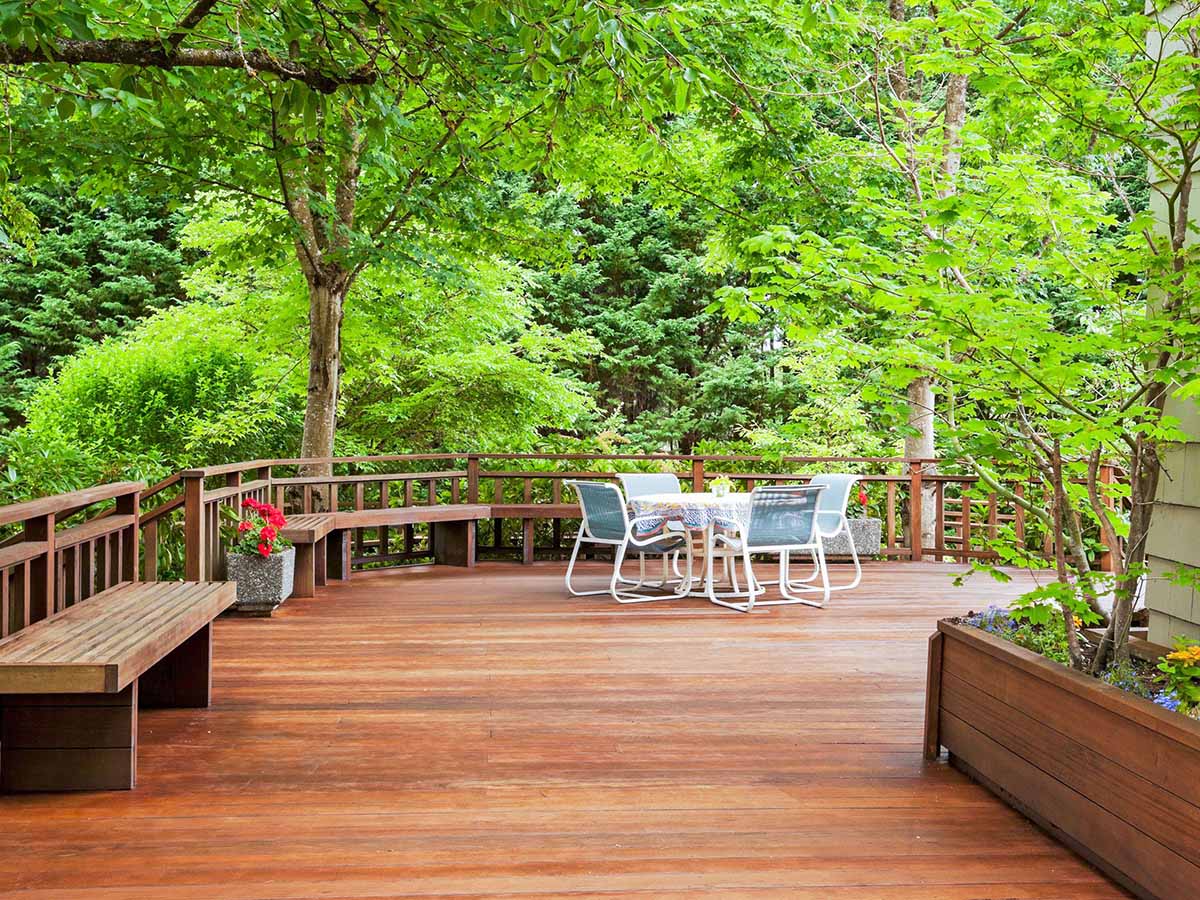
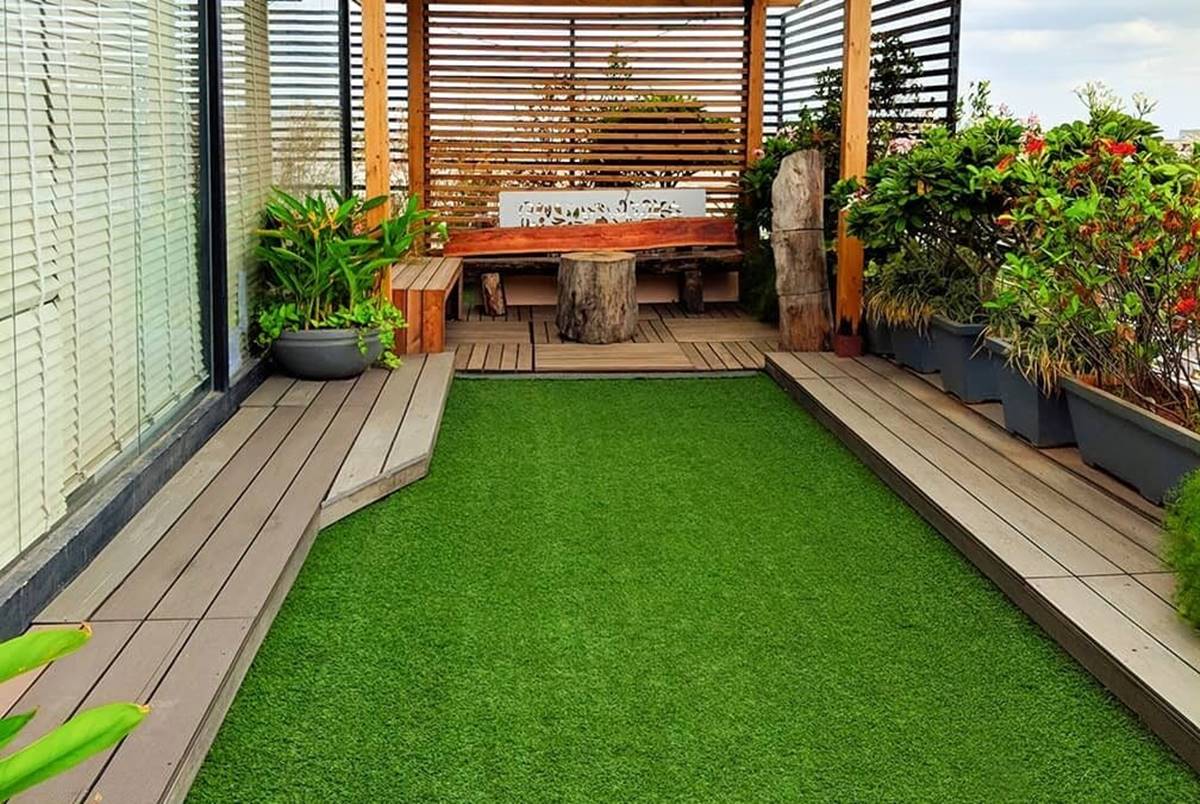
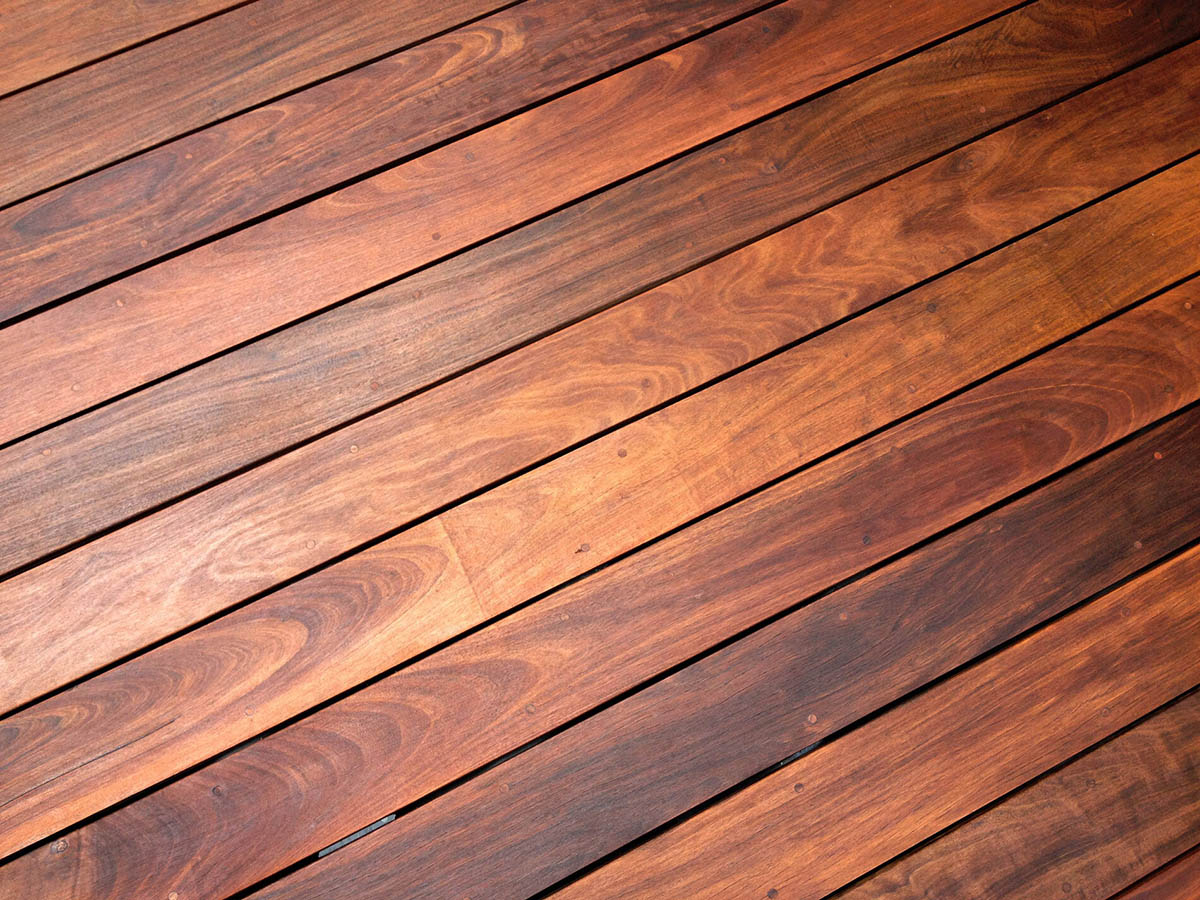
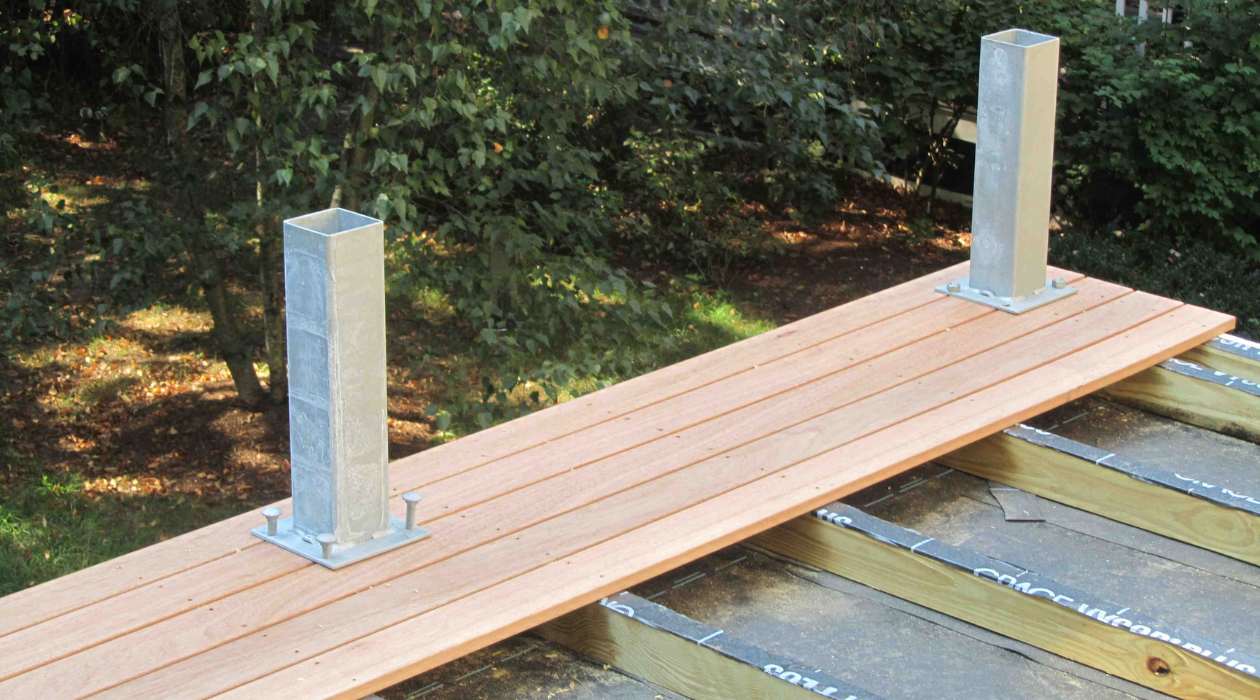
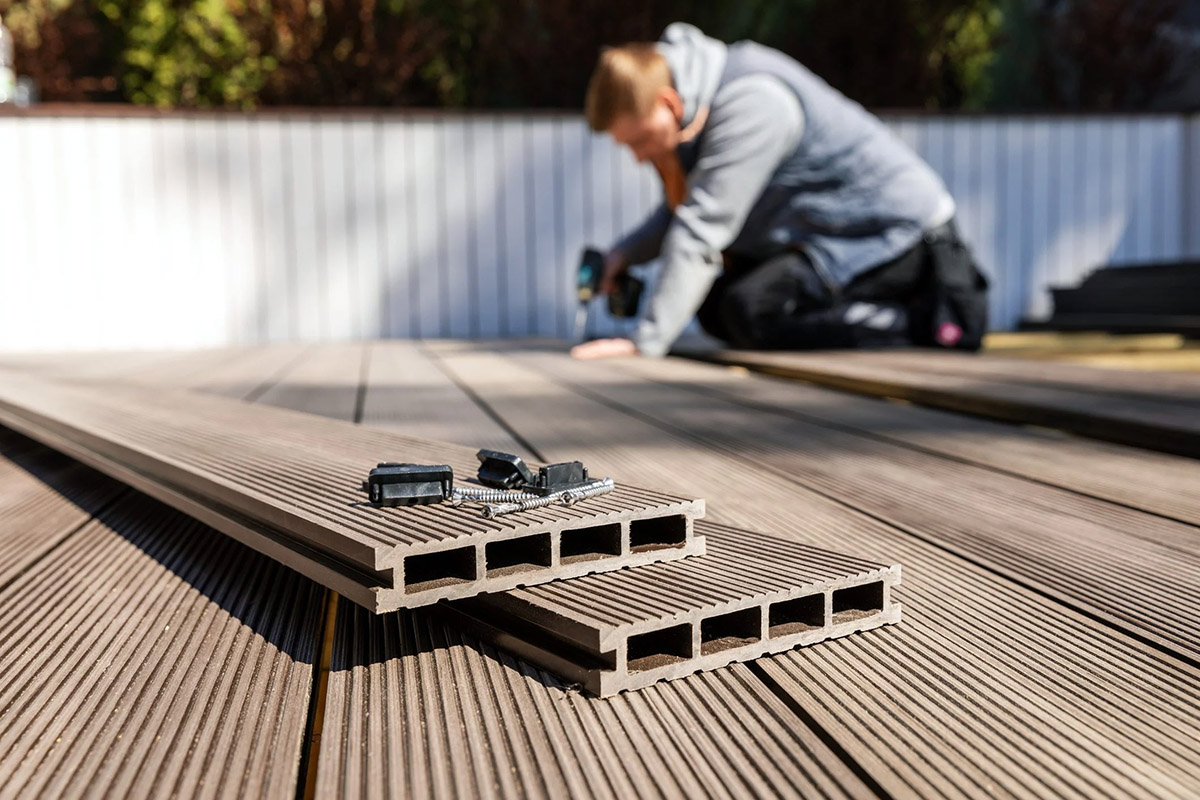
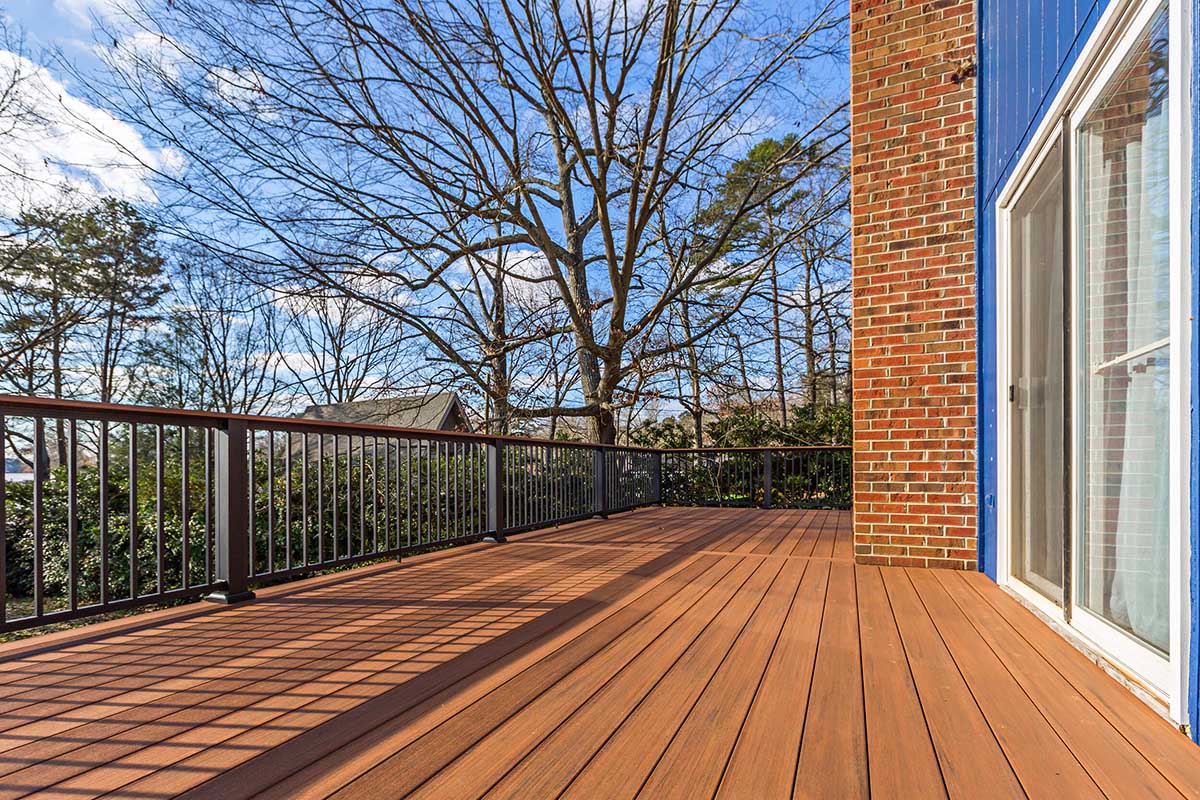
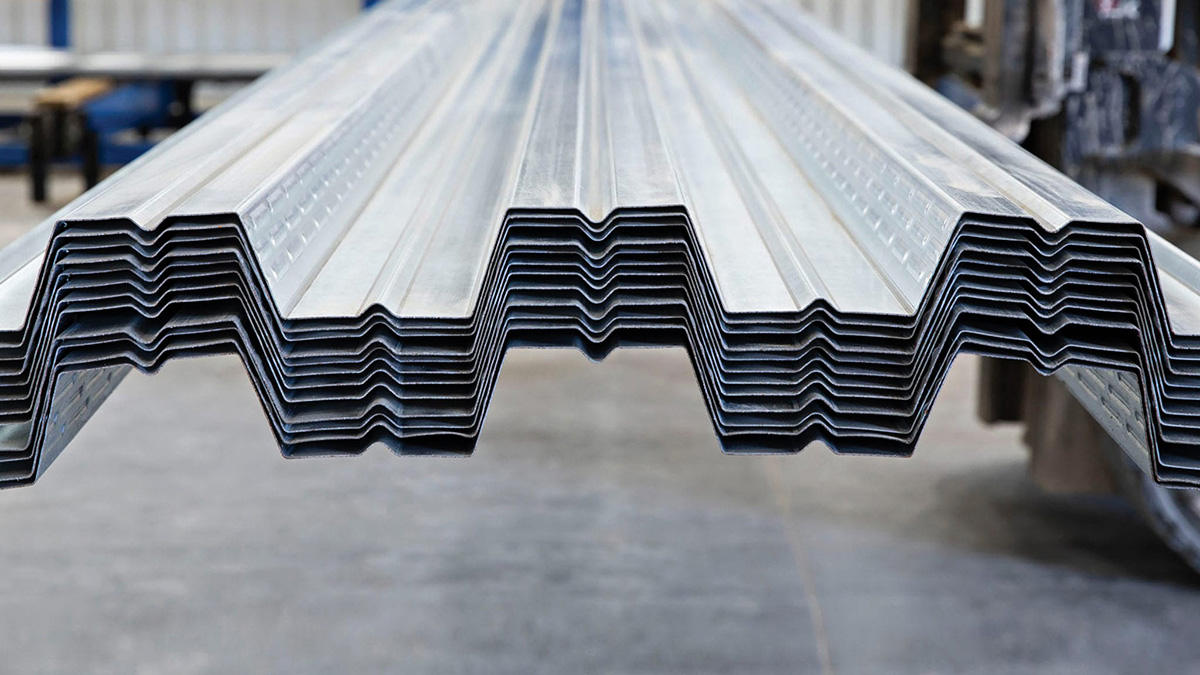

0 thoughts on “What Is Roof Decking”